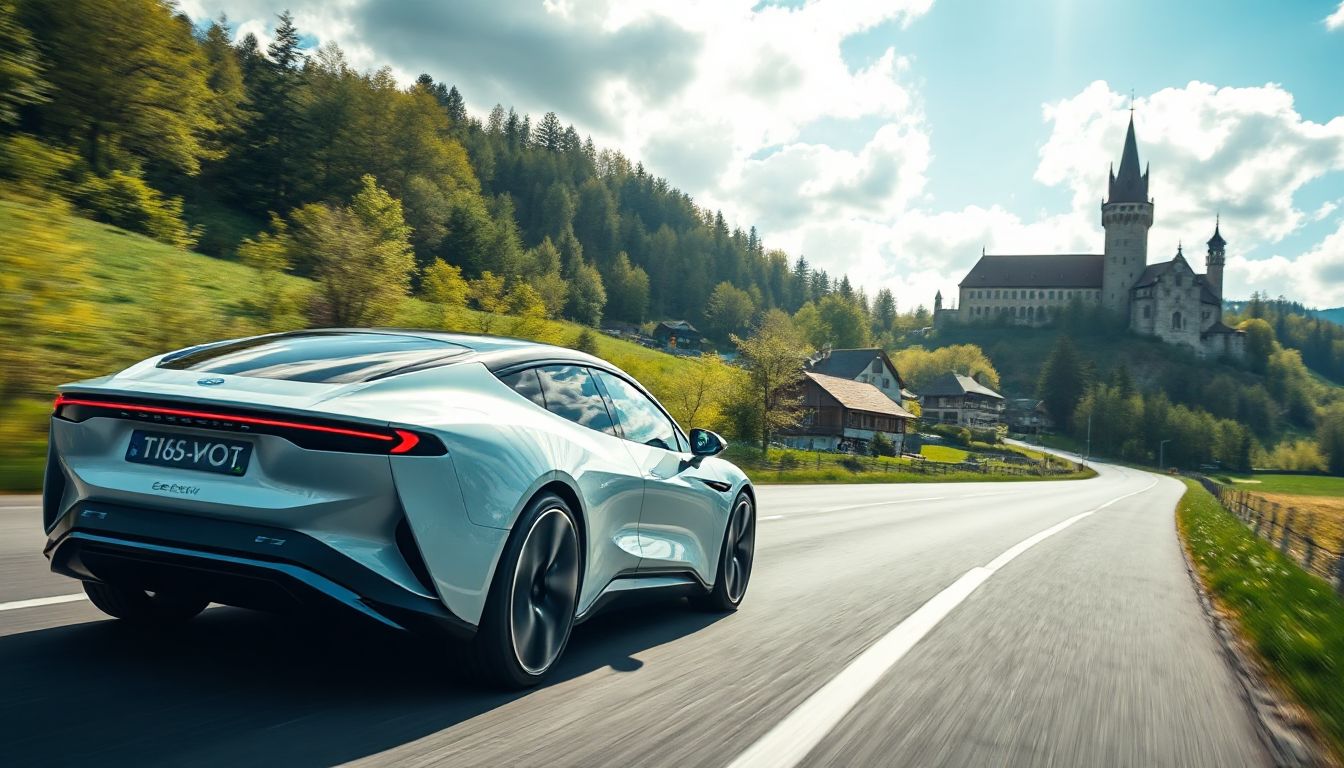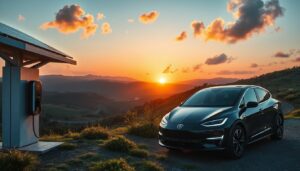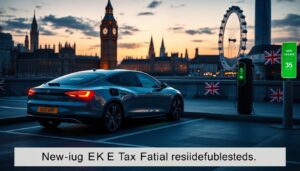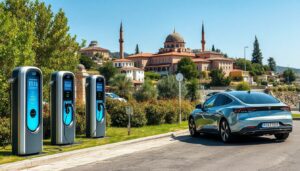Introduction
Germany has long been a giant in the car world, known for its high-quality brands and engineering excellence. Now, the country is shifting gears toward a greener future. The push for electric cars (EVs) is growing fast, backed by strict climate targets and changing consumer habits. This article dives into the current scene, infrastructure, policies, and what lies ahead for EVs in Germany.
The Current State of Electric Vehicles in Germany
Market Overview and Sales Trends
EV sales in Germany have skyrocketed over the past few years. Last year, nearly 750,000 new electric cars hit the roads, making up about 15% of all new vehicle sales. That’s a big jump from just a few years ago! Traditional gasoline and diesel cars still dominate, but electric vehicles are catching up quickly. Top brands like Volkswagen, BMW, and Mercedes now offer many popular EV models.
Consumer Adoption and Demographics
Most EV buyers in Germany are aged between 30 and 50. Many are environmentally conscious and want to reduce their carbon footprint. They’re also attracted by government incentives and better tech features. Lower running costs and the promise of smoother rides make EVs appealing for everyday use. Rural areas still see slower adoption, mostly due to lack of charging stations or higher upfront costs.
Industry Landscape and Key Players
German automakers are all-in on electric cars. Volkswagen plans to spend billions on EV development. BMW and Mercedes-Benz are adding more models to their lineups. International players like Tesla also have a strong presence here. Together, these companies are shaping Germany’s shift to electric mobility.
Government Policies and Incentives Supporting EV Adoption
National and EU-Level Regulations
Germany aims to cut greenhouse gases by 55% by 2030. The government committed to phasing out internal combustion engines by 2035. The European Union also pushes for cleaner transport. New EU rules say at least 50% of new car sales should be zero-emission cars by 2030, which brings extra pressure to accelerate EV adoption.
Incentive Programs and Subsidies
The German government offers cash incentives of up to €6,000 for buying a new electric car. Buyers also enjoy lower taxes and registration fees. These financial perks can lower the total cost of owning an EV by thousands of euros. Plus, some regions provide additional grants for eco-friendly vehicles.
Infrastructure Development Policies
Germany is pouring money into building charging stations nationwide. Public-private partnerships are key, with companies like Volkswagen investing heavily. The goal? Have at least 1 million charging points by 2030. Initiatives also promote fast chargers at highways to make long trips easier for EV drivers.
Electric Vehicle Infrastructure in Germany
Charging Network Growth and Distribution
There are now over 40,000 public charging stations across Germany. Most are concentrated in cities, but highways are catching up. Fast chargers can fill up an EV battery in about 30 minutes, making road trips feasible. The network is expanding daily, aiming to meet rising demand.
Home Charging Solutions
Installing a home charger is a popular choice for many Germans. It’s convenient and cheaper in the long run. The government offers grants for home charging stations, helping residents set up their own charging spots. New building regulations also make it easier for apartments and homes to add chargers.
Future Infrastructure Plans
Germany plans to double its charging points by 2030. Innovations like smart chargers that communicate with energy grids are also in the works. These will help manage energy flow and boost renewable energy use. More fast-charging corridors along major highways will open soon, easing cross-country travel.
Challenges and Opportunities for EV Adoption in Germany
Barriers to Widespread Adoption
Despite progress, obstacles remain. Rural areas often lack enough chargers, making EV use less practical outside cities. The higher initial cost of EVs can scare off budget-conscious buyers. Many still don’t know enough about the benefits or how to use EVs effectively.
Environmental and Economic Benefits
Electric cars can cut CO2 emissions significantly, especially when paired with renewables. They also help improve air quality in busy cities. Plus, Germany’s growing EV industry opens new jobs and investment opportunities, keeping the economy moving forward.
Emerging Trends and Innovations
Battery tech keeps getting better. Solid-state batteries promise longer range and faster charging. Vehicle-to-grid tech could let EVs serve as mobile power sources during blackouts. Combining renewable energy and EV charging makes the system even greener, paving the way for cleaner transport.
The Future of Electric Vehicles in Germany
Policy Predictions and Market Projections
By 2030, EVs could account for nearly 50% of all vehicle sales. More stringent policies and incentives will keep accelerating this shift. The market will likely see a flood of new models — smaller city cars to luxury SUVs — all electric.
Industry Developments and Technological Advances
German carmakers will launch new EV models boasting longer ranges and better features. Collaborations with tech firms will improve autonomous driving and battery tech. International investments will continue to pour into Germany’s EV sector, boosting innovation.
Actionable Tips for Consumers and Stakeholders
Consumers should research available incentives and charging options before buying. Monitoring new EV models can help find the best fit for needs. Businesses and cities can invest in charging stations and promote eco-friendly fleets. Planning ahead ensures you’ll save money and help reduce pollution.
Conclusion
Germany is charging ahead toward a future filled with electric cars. With strong policies, expanding infrastructure, and clever innovations, the country is well on its way. Everyone — from consumers to big businesses — has a role to play in making this shift happen. If we work together, electric mobility in Germany can become a shining example for the world to follow. Embrace the change and stay tuned for what’s next.




